
Table of contents:
- Author Bailey Albertson [email protected].
- Public 2023-12-17 12:53.
- Last modified 2025-06-01 07:32.
Wooden, plastic or glass: which cutting board is better?

One of the main parameters for choosing a cutting board is the material from which it is made. Neither the color, nor the shape of the handle, nor the dimensions will significantly affect the service life and safety of the product. Before buying, it is important to study the features of different types of boards and choose exactly those that will be suitable not only in price, but also in the area of use.
Pros and cons of different cutting boards
There are 3 most common types of cutting boards: wood, plastic and glass. When faced with a choice, you need to clearly understand what the pros and cons of each of the materials.
Wooden
Wooden cutting boards are a popular classic and can be found in every kitchen. They can be made from beech, maple, walnut and other types of wood. According to the arrangement of the fibers, two types are distinguished:
- Longitudinal. These are boards in which the arrangement of wood fibers runs parallel to the surface. This option is the most common, but quickly deteriorates due to the appearance of furrows from the knife.
-
End. In them, the fibers are located perpendicular to the cut surface, which allows them to diverge and converge again without becoming covered with dents from the blade.

End board In the end board, the tree is positioned so that the fibers are perpendicular to the cutting surface
A definite plus of wooden cutting boards is their environmental friendliness, because wood is a natural material. In addition, they have a pleasant appearance, can be used to serve some dishes (for example, steaks or cheese cuts), are stable on the table and allow you to keep the knives sharp for longer.

Wooden boards are suitable not only for cutting food, but also for serving dishes
But wooden boards have their disadvantages:
- intolerance to prolonged contact with water, and hence the impossibility of washing in a dishwasher;
- the ability to absorb odors, juice and blood from food;
- the need for regular care.
Ordinary cutting boards are great for bread, vegetables, fruits and herbs, but it is better not to use them for raw meat or fish - the absorbency of the surface will make such a board unsuitable for other products that do not require further heat treatment. Wooden boards, which are oiled once a week, lack the main disadvantage - the ability to absorb juices and odors, which makes them versatile in use.
It is not difficult to clean the wood, it is enough to wash it in hot water with a detergent, and if necessary, remove the stain - rub it with lemon juice and salt. But in the case of grooves, cleaning is difficult - sometimes it is simply impossible to remove some dirt. The service life directly depends on the quality of the product: inexpensive and untreated boards will be convenient for only a couple of months, and high-quality and soaked in oil can serve in the kitchen for more than a year.
Plastic
Plastic boards are a very convenient option for the kitchen, especially for raw foods (meat and fish). They are devoid of the disadvantages of wooden products - they do not absorb anything and are not afraid of contact with water, which allows them to be washed in any way, in particular in a dishwasher. The advantages of plastic cutting surfaces also include:
- variety of sizes, shapes and colors;
- hygiene;
- do not dull knives;
- long service life (1-2 years).

Plastic boards are renowned for their variety of colors and hygiene
High-quality boards are quite expensive and weigh a lot. But regardless of the cost, you cannot put hot on the plastic, and use it as a serving dish is not very aesthetically pleasing. The main danger lies in products made of cheap plastic: they are thin, easily break and scratch, and can release substances hazardous to health.
Glass
Tempered glass cutting boards have proven to be hygienic products that do not absorb moisture or odors. The big advantages are resistance to high temperatures, as well as a variety of designs - it is these boards that are sold not just in color, but with various patterns, which allows you to choose an option that is completely suitable for the style of the kitchen. It is important that the glass is easy to clean.

Glass boards become a real decoration of the kitchen
These are versatile products for cutting, they are suitable for both vegetables and meat, but you should not beat meat on them or chop bones - there is a high risk that the board will crack. There are other disadvantages to glass cutting surfaces:
- quickly blunt knives;
- emit an unpleasant grinding noise when cutting, and knock hard when chopping.
The service life of such boards, based on the characteristics of the material, is long, they can be successfully used by the hostess for years. But this useful life can be greatly reduced, because such a board can simply break if it falls.
High-quality cutting boards, which are properly looked after by the hostess, are a versatile device that has a long service life. However, there are subtleties: it is better not to use wooden boards for raw meat and fish, plastic ones can easily scratch, and glass ones can break when dropped. The choice should be made based on personal preferences and cooking volumes.
Recommended:
How To Build A Glass Greenhouse With Your Own Hands: Which Is Better, Glass Or Polycarbonate, Step-by-step Instructions With Photos, Videos And Drawings
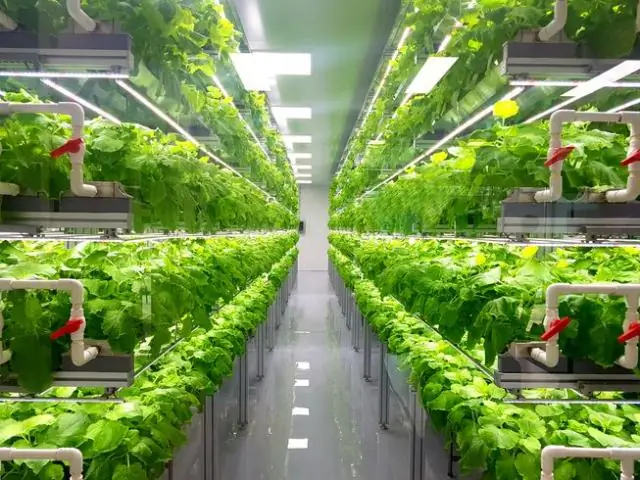
Making a glass greenhouse with your own hands: material features, recommendations for choosing glass, calculations. Detailed construction technology. Useful Tips
Locks For Glass Doors With A Description And Characteristics, Which Are Better To Use And How To Install Correctly
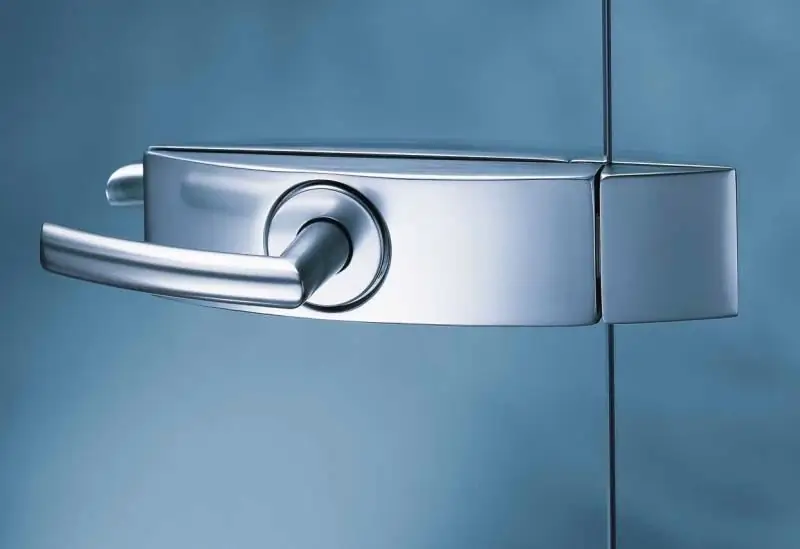
What locks to choose for glass doors. The most popular types of devices, their pros and cons. Features of installation, repair and dismantling of various models
Which Is Better - Metal, Ondulin Or Corrugated Board, Main Characteristics, User Reviews
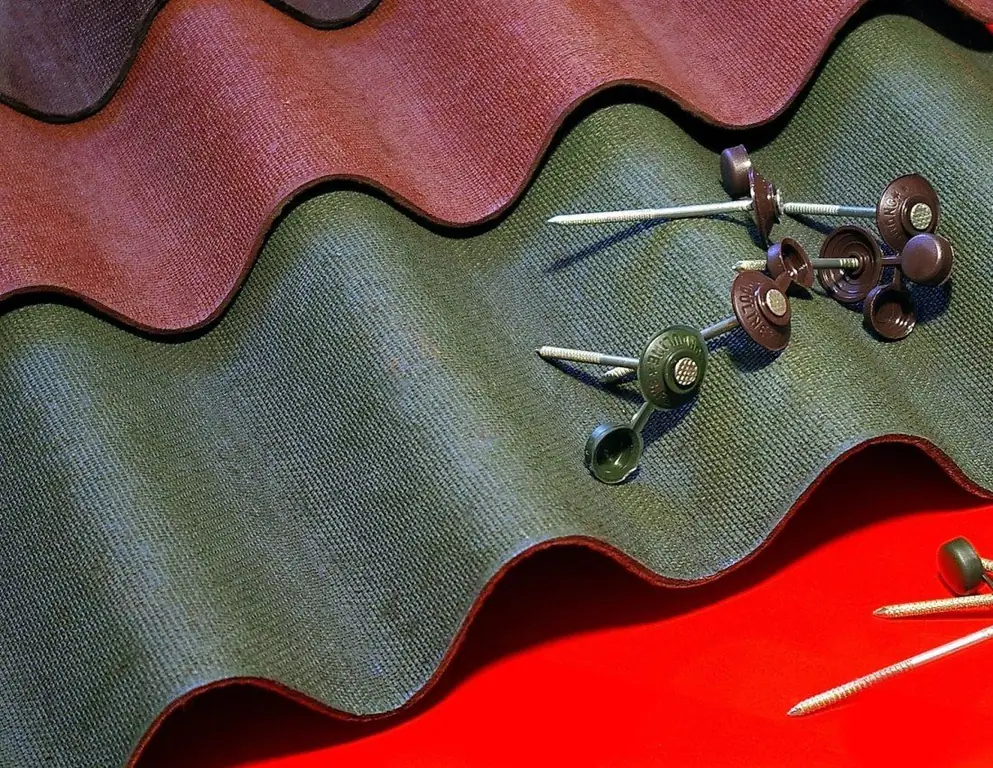
How to choose roofing material. Which is better: ondulin, metal or corrugated board. The pros and cons of each of these roofing materials
Which Corrugated Board Is Better To Choose For The Roof Of The House, What Needs To Be Considered, As Well As A Description Of Popular Brands With Characteristics And Reviews
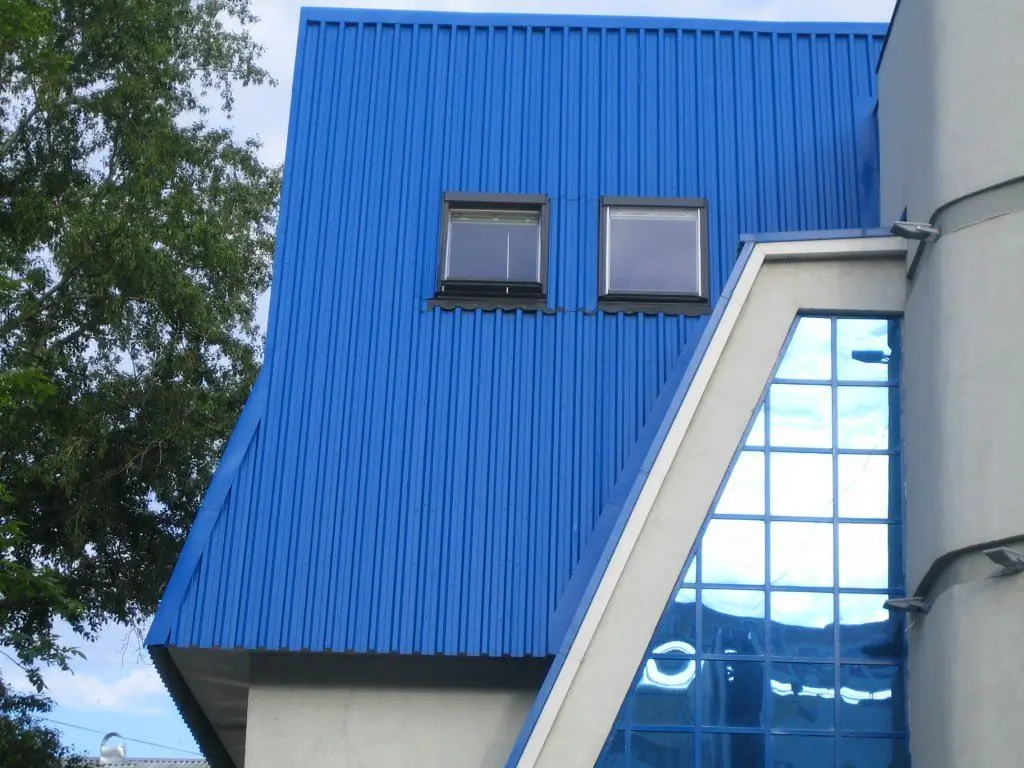
Selection rules and types of metal corrugated board for the roof of the house. What are the features of the material of different brands and manufacturers. Reviews about corrugated roofing
Installing A Plastic Skirting Board Or Installing A Plastic Skirting Board
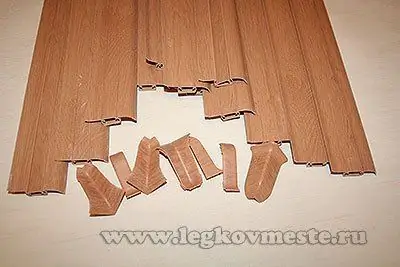
Installing a plastic skirting board with your own hands. How to install plastic skirting boards in the outer and inner corners. Step-by-step instructions for installing skirting boards
